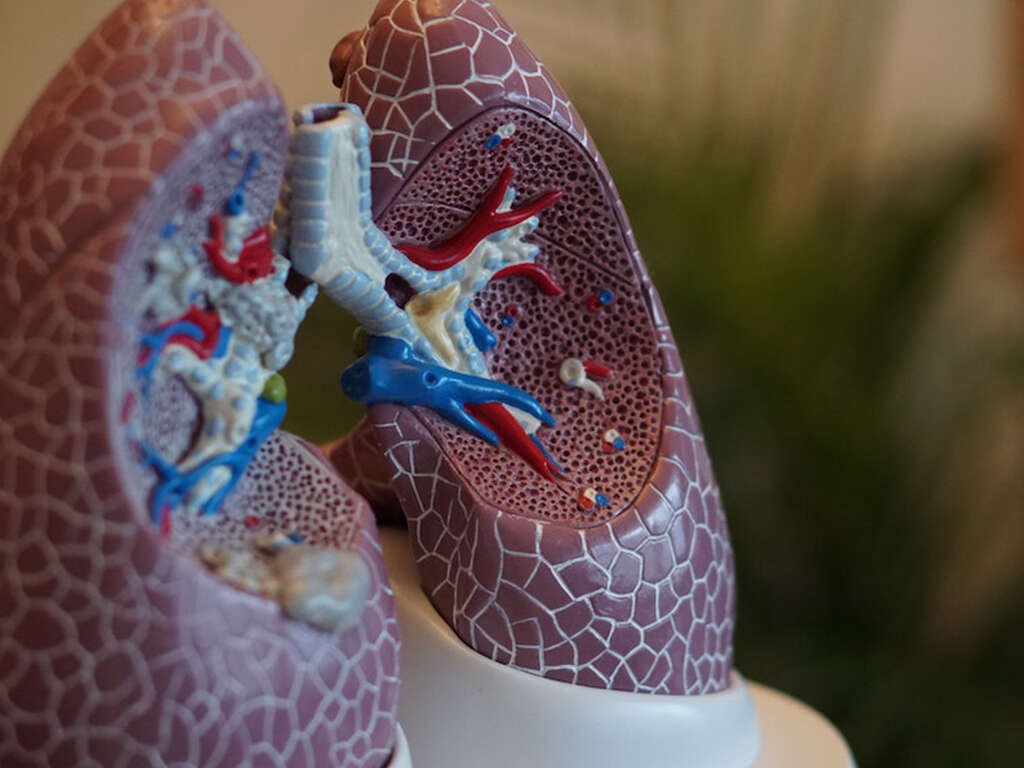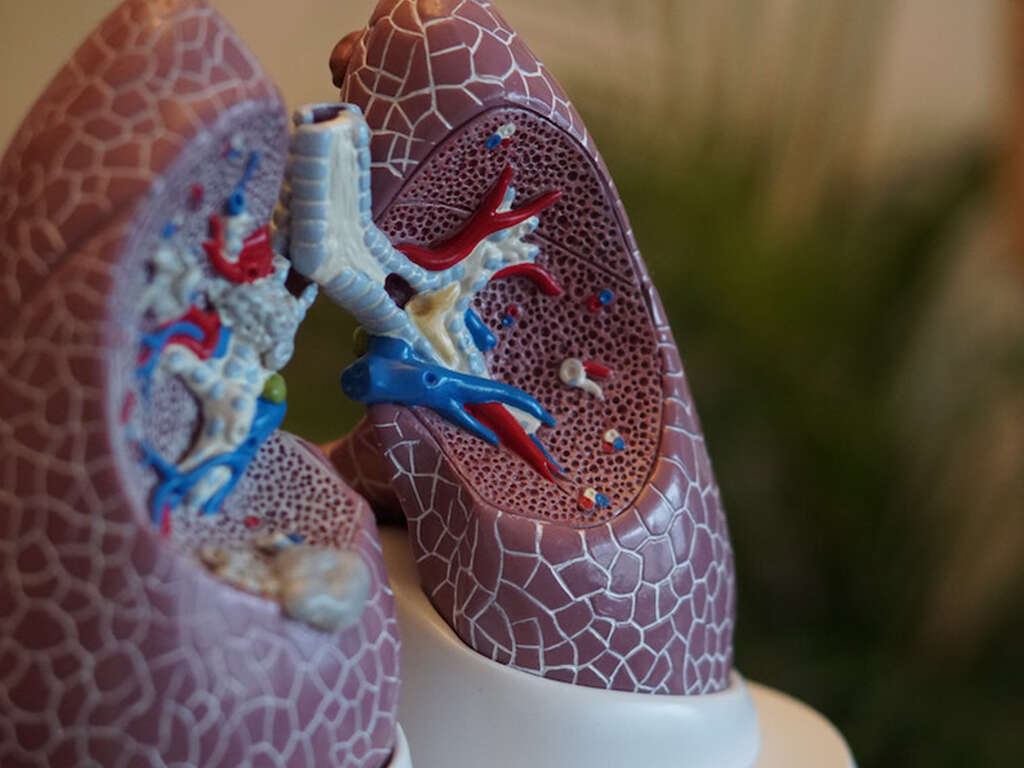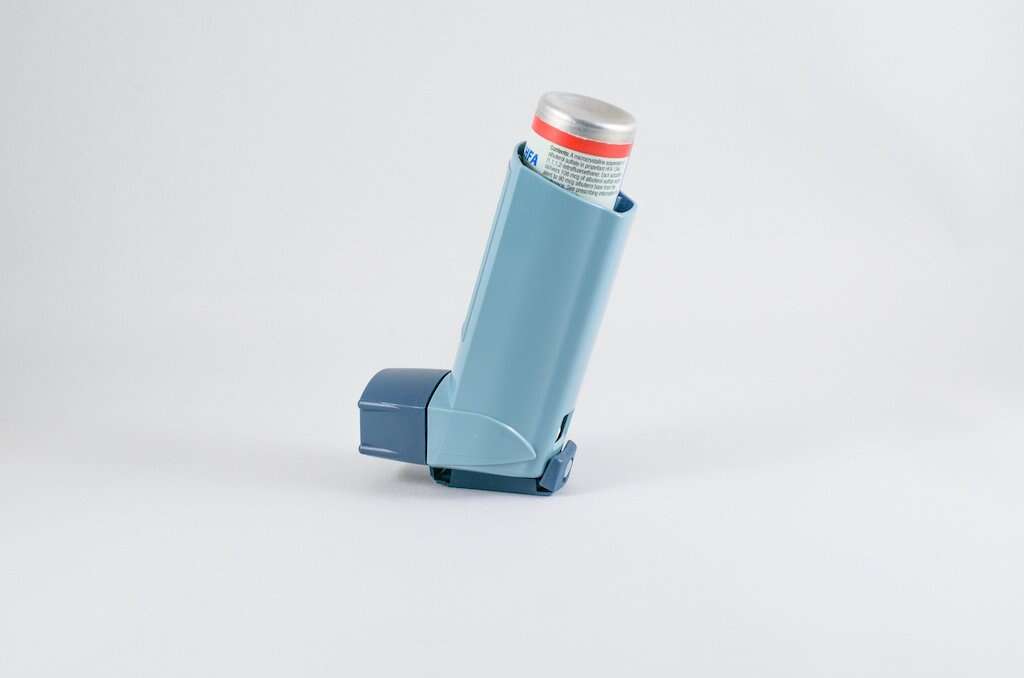Tachypnea Causes, Symptoms and More
 Article Sources
Article Sources
- 1. Park SB, Khattar D. 'Tachypnea.' /[Updated 2021 Feb 28/]. In: StatPearls /[Internet/]. Treasure Island (FL): StatPearls Publishing; 2021 Jan, https://www.ncbi.nlm.nih.gov/books/NBK541062.
- 2. Rauch, Daniela, et al. 'Persistent Tachypnea of Infancy. Usual and Aberrant.' American Journal of Respiratory and Critical Care Medicine, vol. 193, no. 4, 2016, pp. 438–447., doi:10.1164/rccm.201508-1655oc.
- 3. Tsukada, Setsuro et al. 'Coupling of dyspnea perception and occurrence of tachypnea during exercise.'The journal of physiological sciences: JPS vol. 67,1 (2017): 173- 180: doi:10.1007/s12576-016-0452-5.
- 4. Hotchkiss, Richard S et al. 'Sepsis and septic shock.' Nature reviews. Disease primers vol. 2 16045: 30 Jun. 2016, doi:10.1038/nrdp.2016.45.
- 5. Kales, S N. 'Carbon monoxide intoxication.' American family physician vol. 48,6 (1993): 1100-4.
- 6. 'COPD.' Mayo Clinic, www.mayoclinic.org/diseases-conditions/copd/symptoms-causes/syc-20353679.
- 7. Pulmonary Embolism (PE) By Victor F. Tapson, et al. 'Pulmonary Embolism (PE) - Pulmonary Disorders.' Merck Manuals Professional Edition, www.merckmanuals.com/professional/pulmonary-disorders/pulmonary-embolism-pe/pulmonary-embolism-pe.
- 8. 'Diabetic Ketoacidosis: MedlinePlus Medical Encyclopedia.' MedlinePlus, medlineplus.gov/ency/article/000320.htm.
- 9. 'Pleural Effusion: Symptoms, Causes, Treatments.' Cleveland Clinic, my.clevelandclinic.org/health/diseases/17373-pleural-effusion-causes-signs--treatment.
Tachypnea refers to breathing abnormally fast, which can occur due to a number of medical conditions, including a viral infection or a physiological condition. When breathing unusually fast occurs on its own, it can make diagnosing the cause difficult. However, in certain conditions, it is much more likely to occur alongside other symptoms.
Since tachypnea can be seen as a result of so many causes, seeking out medical attention is imperative for patients, as tachypnea can sometimes signify a serious and/or life-threatening condition, such as sepsis or pneumonia.1Park SB, Khattar D. ‘Tachypnea.’ /[Updated 2021 Feb 28/]. In: StatPearls /[Internet/]. Treasure Island (FL): StatPearls Publishing; 2021 Jan, https://www.ncbi.nlm.nih.gov/books/NBK541062.

1. Symptoms of Tachypnea
Since the two are virtually interchangeable, tachypnea and hyperventilation are both used to refer to the same condition. Tachypnea is characterized by fast and shallow breathing, which can be slightly or substantially faster than regular breathing, and it can be noted in both children and adults.
When caused by exercise or asthma, tachypnea is usually only temporary and ceases after a few moments or a brief resting period. The same can be said of trauma-induced tachypnea or episodes instigated by a panic or anxiety attack. However, Tachypnea can be persistent in some cases, especially when seen in infants.2Rauch, Daniela, et al. ‘Persistent Tachypnea of Infancy. Usual and Aberrant.’ American Journal of Respiratory and Critical Care Medicine, vol. 193, no. 4, 2016, pp. 438–447., doi:10.1164/rccm.201508-1655oc.

2. Exercise
The most common cause of tachypnea in both children and adults is strenuous exercise. Tachypnea can be severe in those who are new to exercise or who primarily lead sedentary lifestyles. When induced by physical activity, it's often seen alongside sweating and cramps.
Tachypnea caused by exercise usually clears up on its own and isn't anything to worry about. However, if it persists for some time after exercise has ceased, it could indicate an issue with the pulmonary system.3Tsukada, Setsuro et al. ‘Coupling of dyspnea perception and occurrence of tachypnea during exercise.’The journal of physiological sciences: JPS vol. 67,1 (2017): 173- 180: doi:10.1007/s12576-016-0452-5.

3. Sepsis
Sepsis used to be characterized as a disease all on its own, but it's increasingly seen as a condition brought about by the immune system's response to microbial infection. One of the most common symptoms of sepsis is tachypnea, which can occur with fever and hypothermia.4Hotchkiss, Richard S et al. ‘Sepsis and septic shock.’ Nature reviews. Disease primers vol. 2 16045: 30 Jun. 2016, doi:10.1038/nrdp.2016.45.
Usually caused by organ damage or internal injuries of some kind, sepsis is a serious condition with a 15-25 percent mortality rate that requires immediate medical attention.

4. Carbon Monoxide Poisoning
Tachypnea can also be noted in patients exposed to carbon dioxide. Early symptoms of carbon monoxide poisoning include headaches, dizziness and lightheadedness. These symptoms are caused by the blood carrying less oxygen in the body. This is due to carbon monoxide's tendency to attach itself to red blood cells when inhaled.
Tachypnea is a later symptom of carbon monoxide poisoning and can be a final sign that the patient needs to be removed from exposure as soon as possible to prevent permanent damage.5Kales, S N. ‘Carbon monoxide intoxication.’ American family physician vol. 48,6 (1993): 1100-4.

5. Chronic Obstructive Pulmonary Disease (COPD)
COPD is a chronic disease that causes difficulty when breathing due to inflammation blocking the passage of air through the airway and lungs. Tachypnea is a symptom of the disease and may cause mucus production, coughing and wheezing.
COPD is usually caused by exposing the lungs to dangerous chemicals or particulates, such as those found in cigarette smoke. However, COPD can also develop due to other causes, such as worsening bronchitis. COPD is treatable, especially when caught early.6‘COPD.’ Mayo Clinic, www.mayoclinic.org/diseases-conditions/copd/symptoms-causes/syc-20353679.

6. Allergic Reactions
People who have allergic reactions might experience tachypnea as a symptom. An allergic reaction to pollen, animals or other triggers can cause tachypnea, swelling of the airway, hives and a number of other symptoms.
Tachypnea is not inherently dangerous on its own, as patients can usually still get their required oxygen. However, when it's experienced alongside a closing airway, there might not be enough oxygen getting through. Those experiencing tachypnea as a result of an allergic reaction should seek medical attention.1Park SB, Khattar D. ‘Tachypnea.’ /[Updated 2021 Feb 28/]. In: StatPearls /[Internet/]. Treasure Island (FL): StatPearls Publishing; 2021 Jan, https://www.ncbi.nlm.nih.gov/books/NBK541062.

7. Pulmonary Embolism
A pulmonary embolism is a blood clot in the lung, which can cause tachypnea. Rapid breathing can be a sign that the body is struggling to take in enough oxygen due to the lung not being able to properly absorb the oxygen it needs.7Pulmonary Embolism (PE) By Victor F. Tapson, et al. ‘Pulmonary Embolism (PE) - Pulmonary Disorders.’ Merck Manuals Professional Edition, www.merckmanuals.com/professional/pulmonary-disorders/pulmonary-embolism-pe/pulmonary-embolism-pe.
Pulmonary embolism can be caused by a number of conditions, and risk factors for the condition are extensive.

8. Diabetic Ketoacidosis
Diabetic Ketoacidosis, or DKA, is a potentially fatal condition affecting people with diabetes. It results in the blood becoming too acidic when the liver breaks fats down too quickly and makes too much blood sugar. The excess blood sugar can't get into the cells to provide fuel for the body.8‘Diabetic Ketoacidosis: MedlinePlus Medical Encyclopedia.’ MedlinePlus, medlineplus.gov/ency/article/000320.htm.
Tachypnea can be the first symptom of diabetic ketoacidosis or it might occur at a later stage of the condition. Other symptoms that may occur include dehydration, a flushed face and headaches.

9. Asthma
People with asthma regularly experience tachypnea, as asthma is characterized by a decreased ability to breathe effectively. Asthmatic patients likely know how to manage their tachypnea through the use of an inhaler or slow breathing techniques.
Asthmatic patients experiencing tachypnea usually have no cause to worry, as the condition is rarely life-threatening in any capacity. However, if a patient doesn't have access to their inhaler, they should seek out medical attention as soon as possible.

10. Pleural Effusion
Pleural effusion, sometimes called water on the lungs, is the build-up of excess fluid between the pleura layers. The pleura, thin membranes that line the lungs and the inside of the chest cavity, act to lubricate and facilitate breathing. When too much fluid builds up around the pleura, it can cause breathing issues, like tachypnea, orthopnea and a dry, unproductive cough.
Pleural effusion can occur as a result of protein-poor or protein-rich fluids being present in the pleura. Treatment and prognosis vary upon the cause of the condition.











